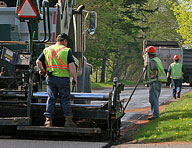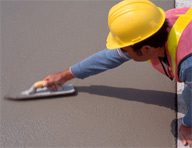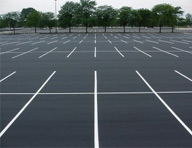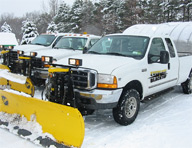Asphalt Overlay
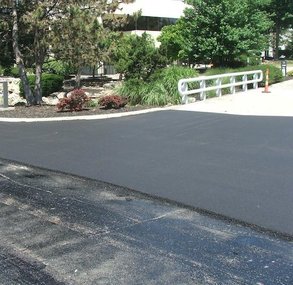 Asphalt overlays are the least expensive solution to renewing your asphalt surface. Unlike asphalt resurfacing or asphalt replacement, asphalt overlays require no removal of old asphalt.
Asphalt overlays are the least expensive solution to renewing your asphalt surface. Unlike asphalt resurfacing or asphalt replacement, asphalt overlays require no removal of old asphalt.
Below is a list of benefits, requirements, and procedures for asphalt overlays.
BENEFITS
• The appearance of new asphalt pavement without the cost associated with complete removal.
• Less down time for completing your project
• Lower cost then asphalt resurfacing or asphalt replacement.
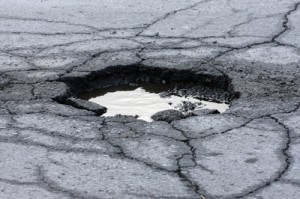 REQUIREMENTS:
REQUIREMENTS:
• Existing asphalt pavement needs to be in stable condition with no major repairs needed
• No sub-base (gravel underneath asphalt) replacement needed
• All potholes, alligatored asphalt, and depressions should be repaired prior to installation of the new surface
• Consideration of existing height of concrete, curbs, gutters, storm sewers, and walkways
• Check with village for asphalt overlay requirements and water drainage issues
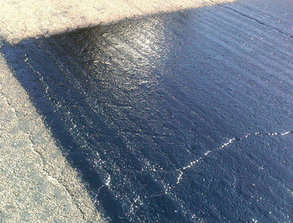 PROCEDURE:
PROCEDURE:
• All necessary repairs should be completed to the existing pavement prior to installation.
• The asphalt pavement should be cleared of all debris
• Storm sewers and other in place objects may need “risers” to compensate for the increased height of the new pavement
• A tack coat should be applied to the old pavement to help with binding of the new pavement
• Asphalt will then be installed. Typically 1-2″ of asphalt are applied in an asphalt overlay


